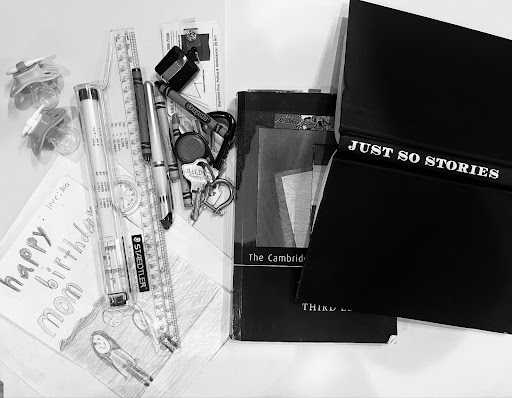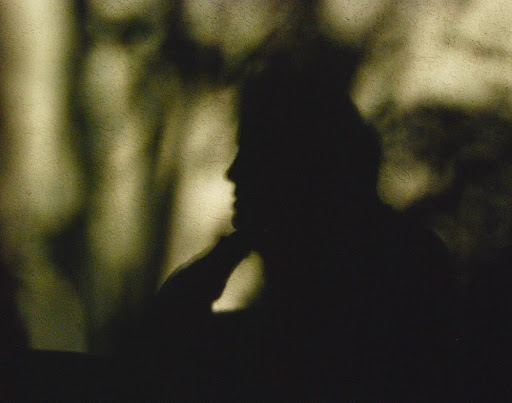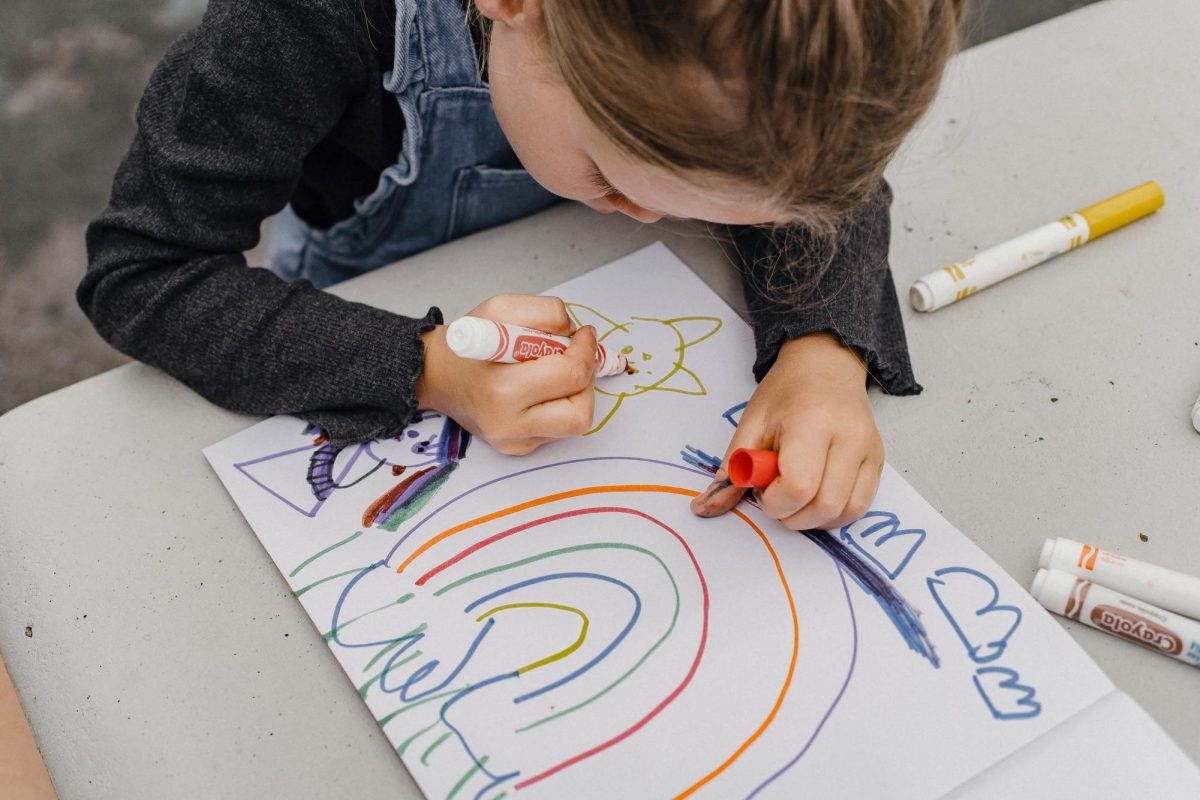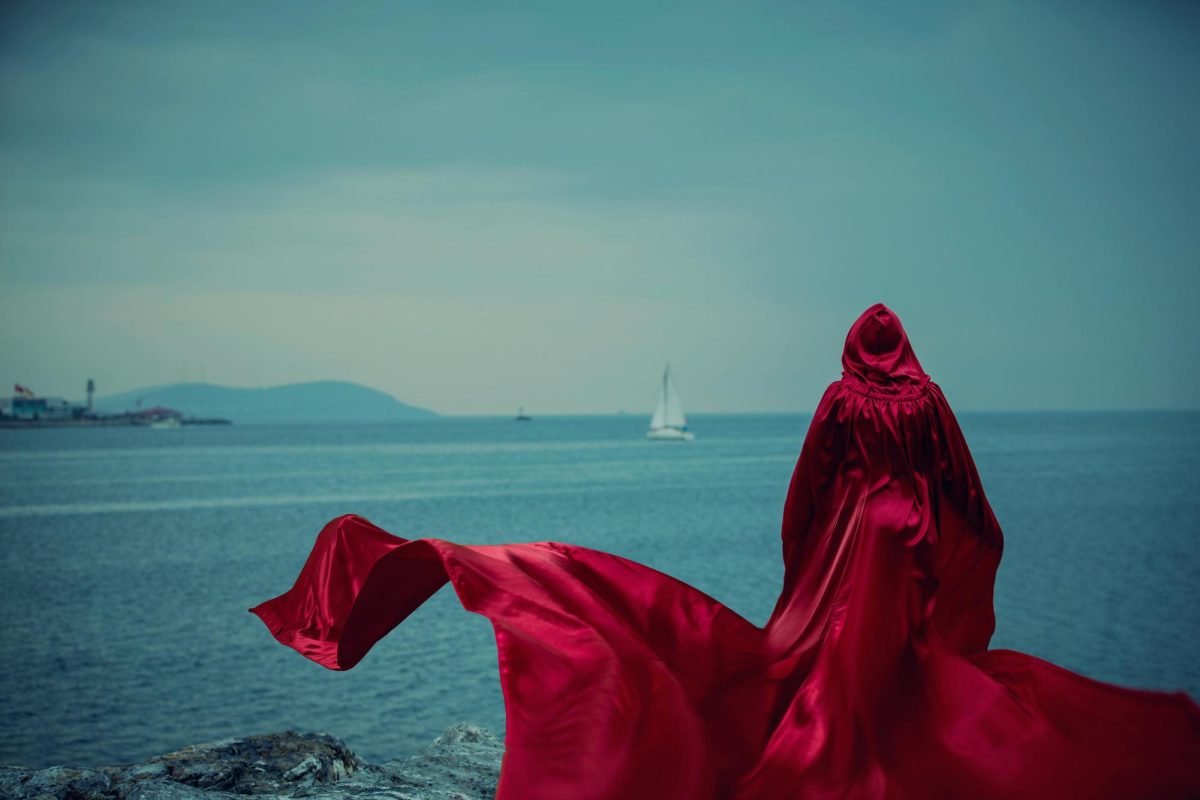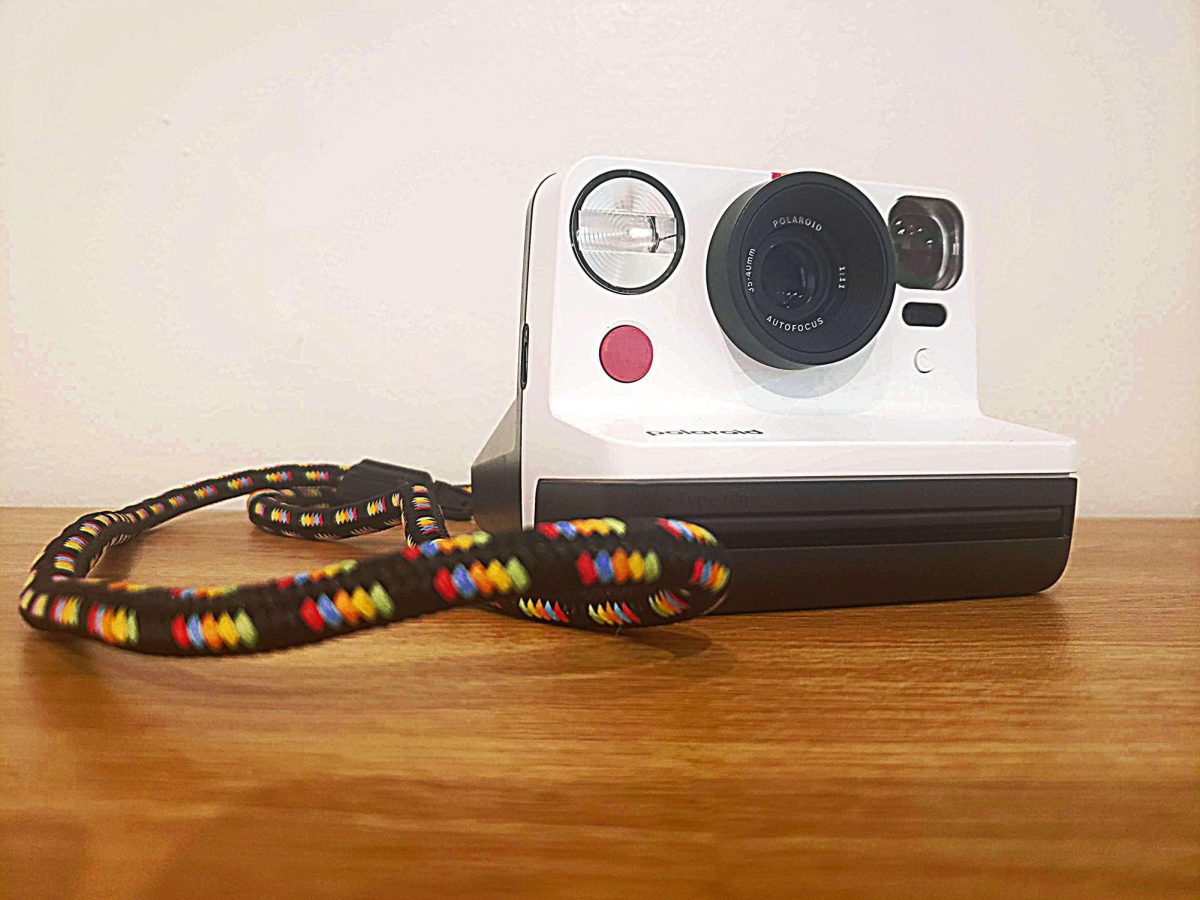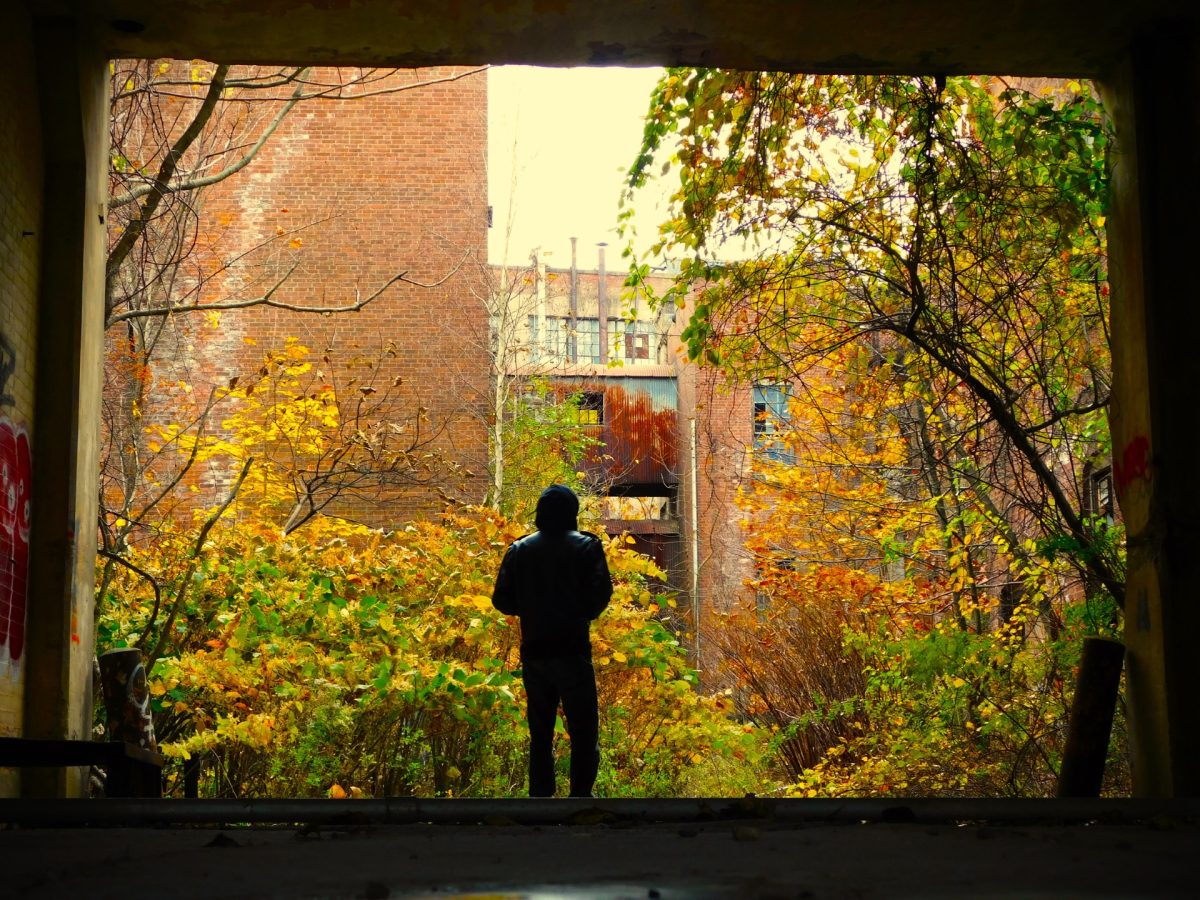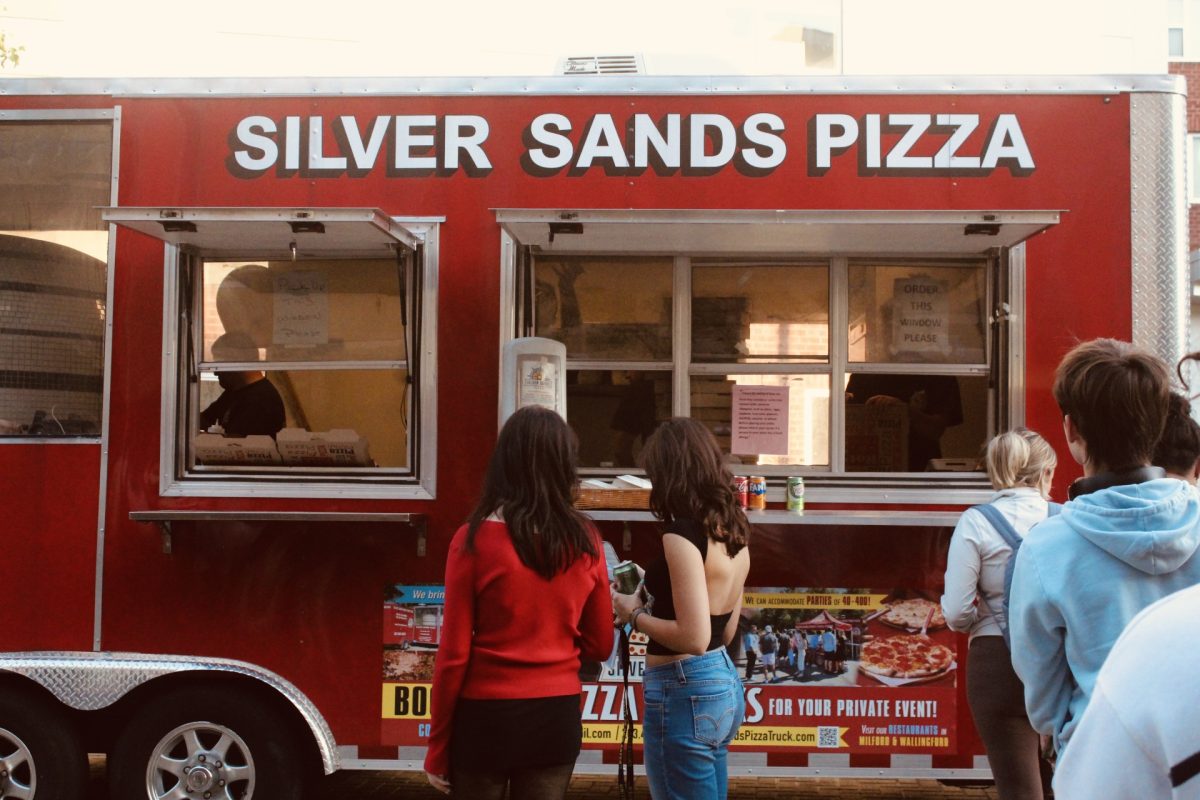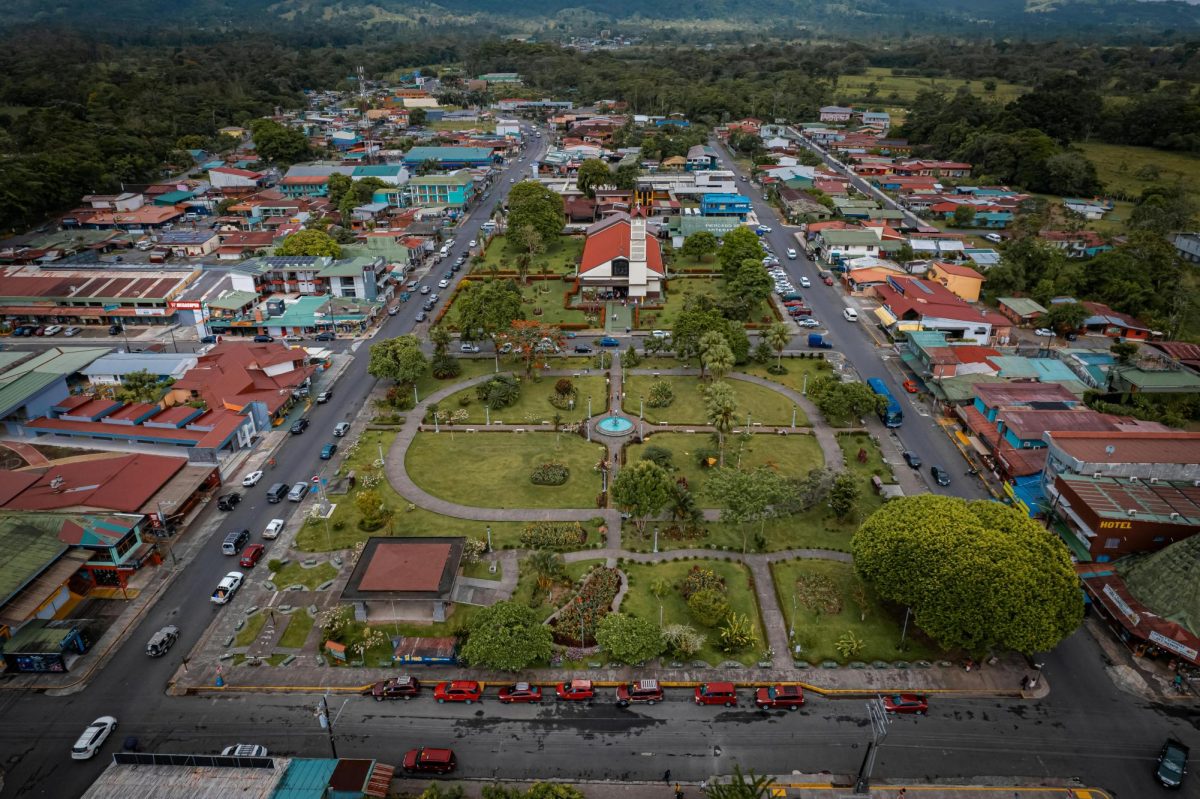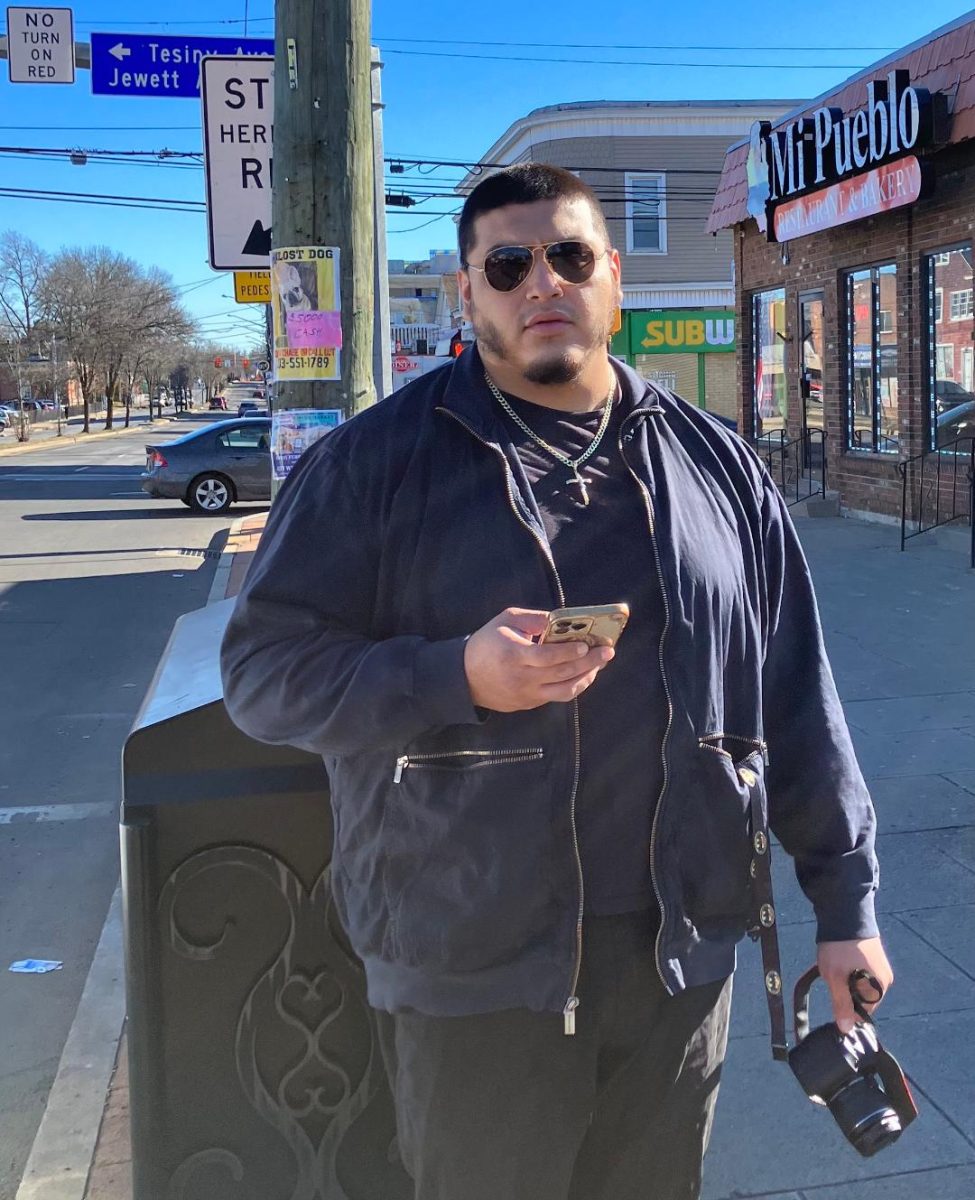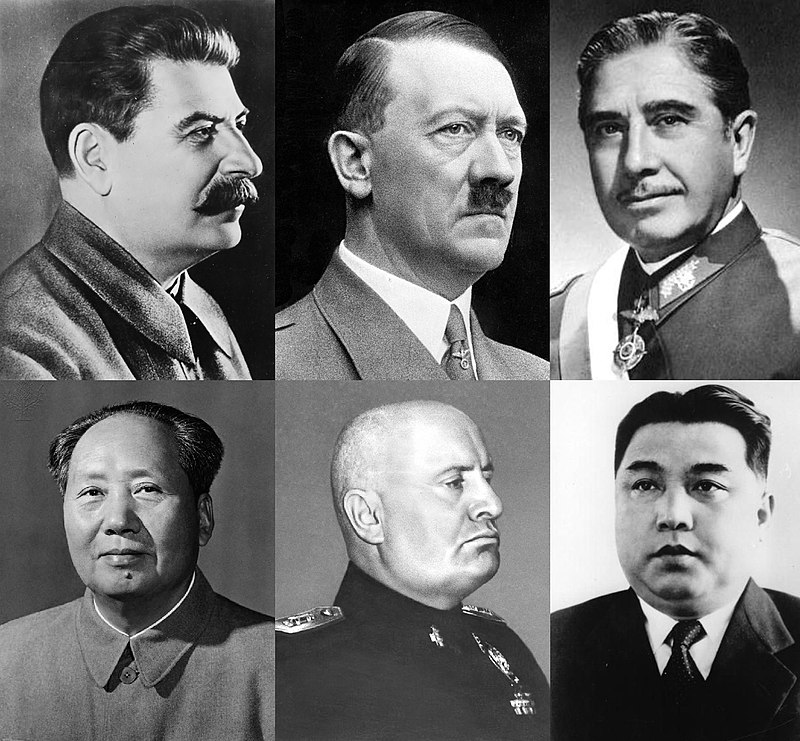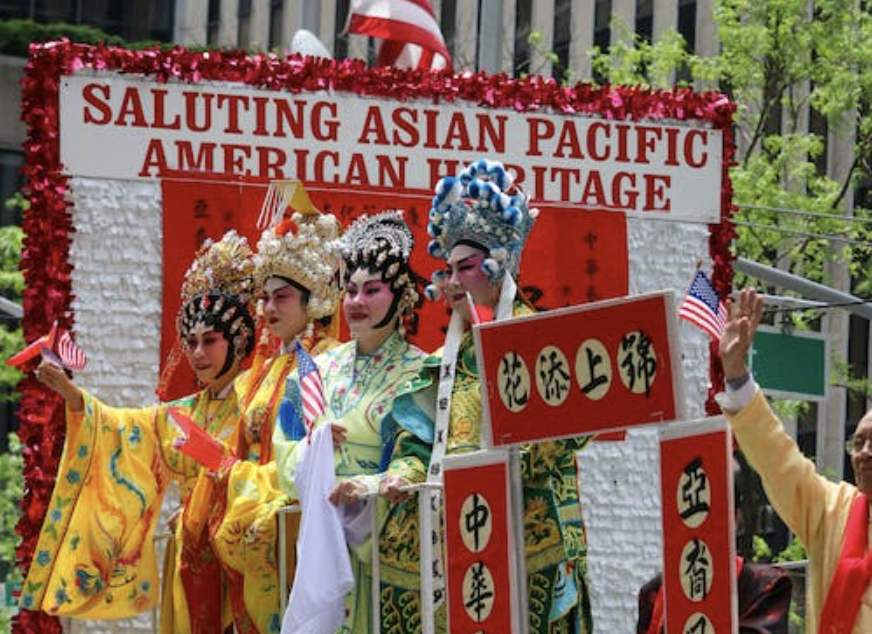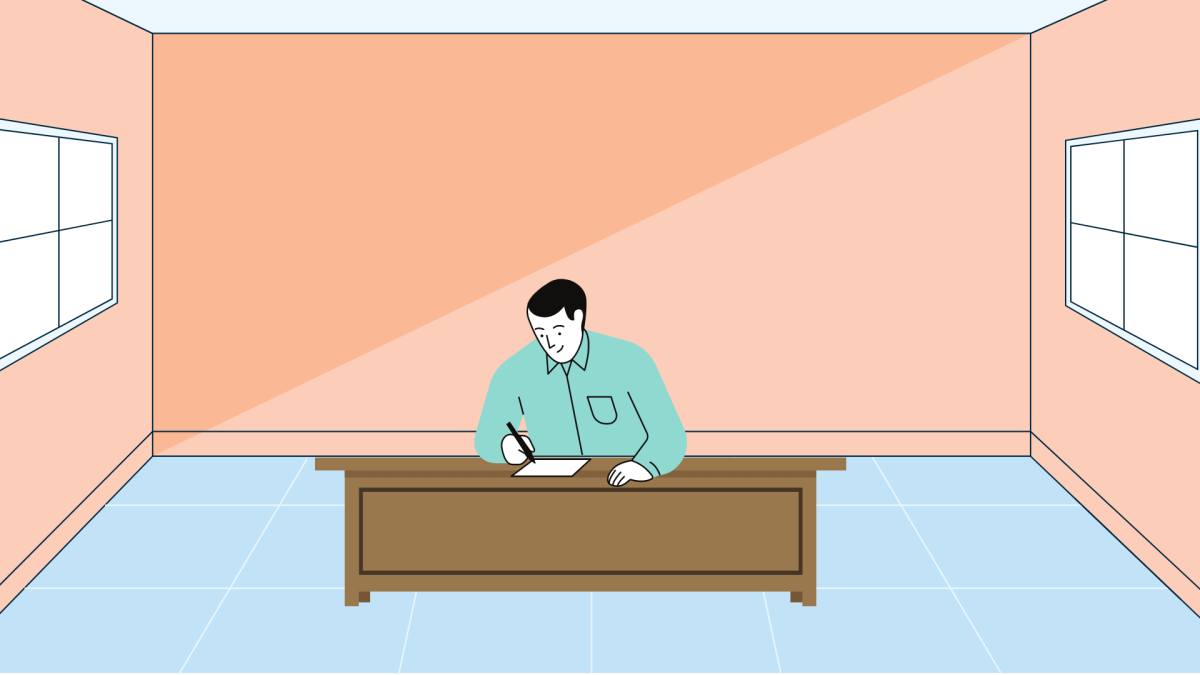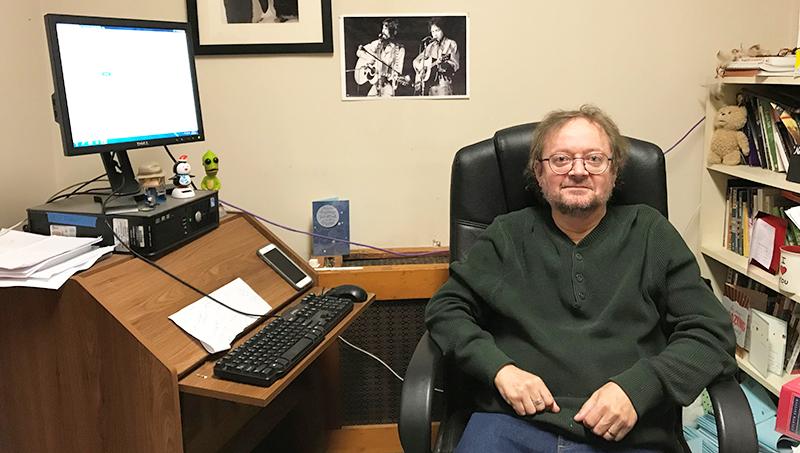Spike Lee’s 1989 film “Do the Right Thing” revolves around the rising racial tensions between different groups in a predominantly Black neighborhood in Brooklyn on a hot summer day. The film explores the struggle for racial equality and understanding in a society where pervasive racism and prejudice are deeply rooted. With a cast of complex and flawed characters, “Do the Right Thing” is a film that reveals the tangled layers of racial tensions and the difficulty of bridging the gap between different cultural groups. It hints that the key to dealing with racial injustice is empathy, understanding and, most importantly, willingness to face uncomfortable truths about ourselves and our society. Lee calls on people to take responsibility for their actions and stand up against prejudice and discrimination, even when the process is difficult or unsupported by others.
Operating within the tight timespan of just one burning hot day, Lee was able to craft a film that forces all the buried, intense emotions out of its characters and makes them violently collide with each other. As the temperature rises and the characters suffer from the burning heat, their overwhelming hate for one another starts to boil over and eventually causes an explosive confrontation between the different groups.
Time, space and language are all used by Lee to create a tragic conclusion, ending with Radio Raheem’s death at the hands of the police. The film takes place in the span of one day, with the objective of developing the events of a community in its daily life. It starts with the moment Mookie wakes up and ends with the aftermath of the tragedy the following morning.
I believe that instead of cutting the film immediately at night, Lee’s goal in continuing the next day was to give a reflection on how communities can rise again despite tragedy. This can be interpreted from the final conversation between Mother Sister and Da Mayor, when she tells him that “they are still standing.” The entire film takes place in a single Brooklyn community, with most of the scenes taking place in Sal’s pizzeria, the convenience store across the street, the radio booth, Mookie’s apartment and Tina’s house.
In terms of language, the film is full of vulgar words. In addition, even though all the characters are communicating with each other, none of them actually listen. All the characters are on the defense and this leads to their arguments being perpetuated. “Do the Right Thing” uses empty dialogues and clear and metaphorical monologues. An example is the sequence when various characters speak directly to the camera and insult different racial groups. They let their hate out , but the scenes don’t include any sort of discussion. The characters aren’t engaged in any real conversation, they are isolated in the sequence and left to vent their own hatred to the audience. A conversation is based on both talking and listening, but they never listen and the film shows this with a one-sided monologue. The film leaves for no other direction but to conclude with violence among racial groups.
Throughout the film, Lee used stereotypes, ironically enough, to humanize the film’s characters. These stereotypes are used to give the characters depth, however, they are never enough to drown the film with caricatures of the different social groups. The Hispanic community blasts merengue music and aggressively yells in Spanish, yet they peacefully defuse their confrontation with Raheem in a way that makes both sides happy. The Korean family doesn’t understand English well, and the father is a relatively well-off pharmacist, yet he relates and empathizes with the Black community in the end. Da Mayor is an old drunk who wanders the streets, yet he puts his life on the line multiple times to save others and parts his wisdom onto those who hear him out. Radio Raheem is a strong and intimidating Black man, yet he believes in his philosophy of choosing between love and hate. People are more than just stereotypes, and Lee uses them to give his characters more depth.
Even though it was filmed almost 30 years ago, the relevance of this film’s message is shocking. People today often do not listen, they just discuss without considering the other side. They don’t tolerate mixed opinions, yet expect everyone to be on their side.It’s almost impossible to speak without being forced to pick a side. I couldn’t help but relate to the message of “Do the right thing,” even after all these decades.


